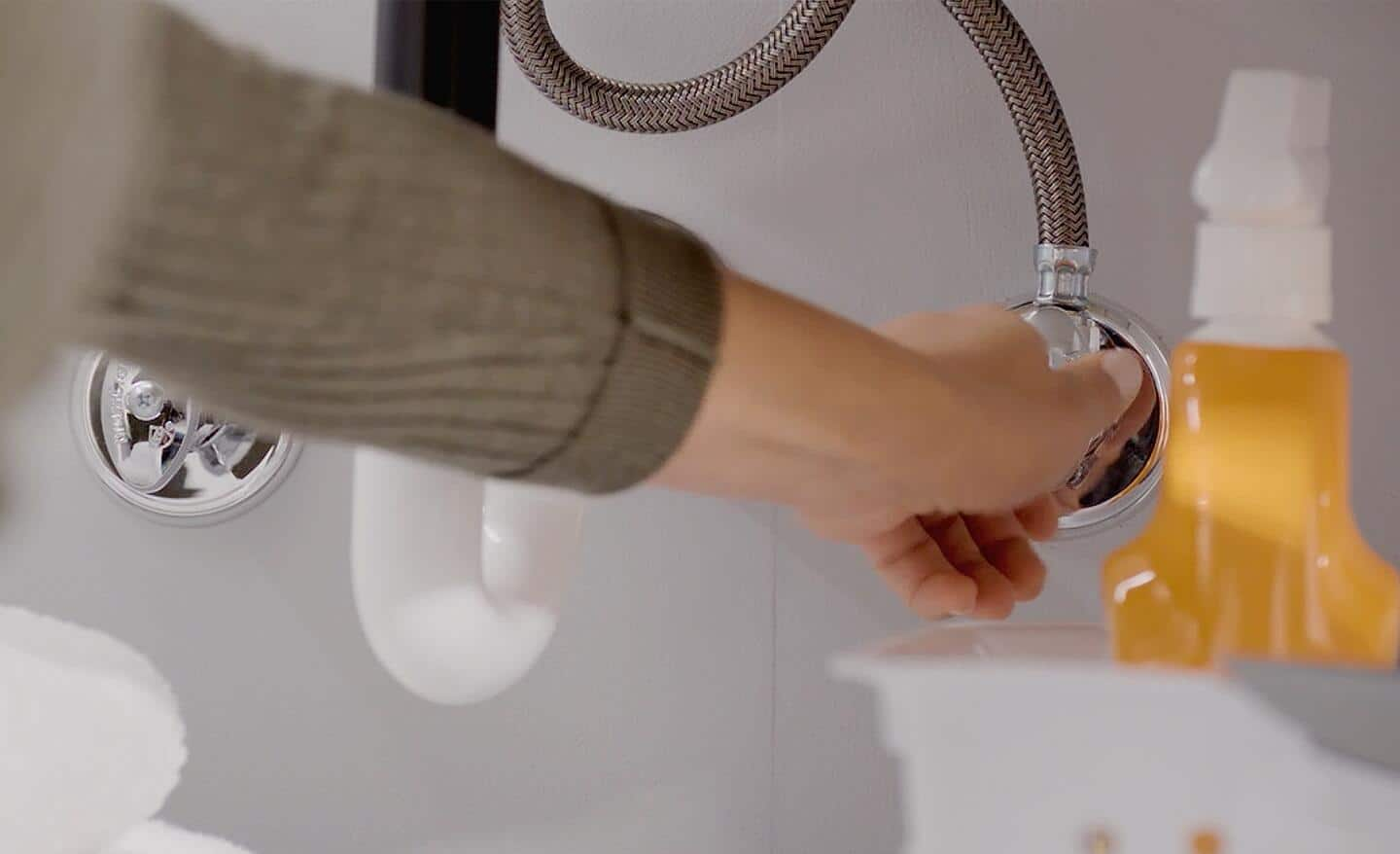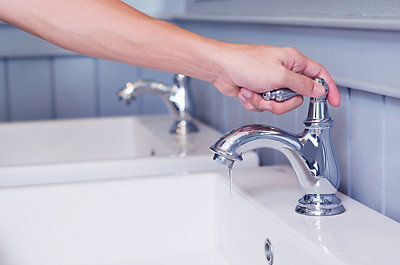Factors Why It's Vital to Resolve a Dripping Faucet
Factors Why It's Vital to Resolve a Dripping Faucet
Blog Article
The article author is making a few great points on Water Dripping from Faucet: Why and How to Fix as a whole in this article which follows.

Trickling faucets may look like a minor aggravation, but their impact surpasses simply the nuisance of the sound. From drainage to incurring unneeded monetary prices and health and wellness dangers, ignoring a trickling tap can lead to numerous consequences. In this short article, we'll look into why it's critical to address this usual household issue quickly and properly.
Wastefulness of Water
Ecological Effect
Trickling taps add significantly to water wastefulness. According to the Epa (EPA), a solitary faucet dripping at one drip per secondly can squander more than 3,000 gallons of water per year. This not only pressures water sources yet also affects communities and wild animals depending on them.
Step-by-Step Guide to Repairing a Dripping Tap
Devices Needed
Before trying to fix a trickling faucet, gather the required tools, including a flexible wrench, screwdrivers, substitute components (such as washing machines or cartridges), and plumber's tape.
Typical Tap Issues and Their Solutions
Recognize the sort of faucet and the specific concern triggering the drip. Typical troubles consist of damaged washers, rusty valve seats, or malfunctioning O-rings. Refer to maker instructions or on the internet tutorials for step-by-step assistance on fixings.
Financial Costs
Raised Water Expenses
Beyond the environmental effect, dripping taps can inflate water bills significantly. The built up wastage over time converts into greater energy expenses, which might have been avoided with prompt repair work.
Potential Building Damages
Additionally, prolonged trickling can bring about damage to components and surfaces bordering the tap. Water buildup can trigger staining, corrosion, and also architectural problems if left neglected, resulting in additional repair work expenses.
Wellness Problems
Mold and Mildew Growth
The continuous existence of dampness from a trickling tap creates a suitable environment for mold and mold development. These fungis not just endanger interior air quality yet additionally posture wellness dangers, specifically for people with respiratory problems or allergies.
Waterborne Conditions
Stagnant water in trickling faucets can become a breeding place for microorganisms and other virus, raising the threat of waterborne conditions. Contaminants such as Legionella germs flourish in stagnant water, possibly bring about severe ailments when consumed or inhaled.
Do it yourself vs. Specialist Repair service
Pros and Cons of DIY Repair
While some may try to deal with a dripping tap themselves, do it yourself repairs come with their very own collection of challenges. Without appropriate understanding and tools, DIY efforts can intensify the issue or bring about insufficient repair services, extending the issue.
Benefits of Employing a Specialist Plumber
Employing a specialist plumber makes sure that the underlying source of the trickling tap is dealt with successfully. Plumbing technicians possess the proficiency and equipment to identify and repair tap issues effectively, conserving time and lessening the risk of more damage.
Ecological Duty
Individual Contribution to Preservation
Taking obligation for repairing trickling faucets straightens with more comprehensive initiatives toward water preservation and environmental sustainability. Every person's actions collectively make a substantial influence on maintaining valuable sources.
Sustainable Living Practices
By prioritizing timely repairs and taking on water-saving practices, people contribute to sustainable living techniques that profit both present and future generations.
Safety nets
Regular Upkeep Tips
To stop dripping faucets, do regular upkeep such as cleaning aerators, evaluating for leaks, and replacing worn-out parts without delay. Furthermore, take into consideration installing water-saving gadgets or updating to more efficient fixtures.
Value of Prompt Services
Dealing with leaking faucets as quickly as they're seen prevents further water wastage and prospective damages, eventually conserving both water and cash in the long run.
Impact on Residential Property Worth
Assumption of Well-Maintained Property
Maintaining a home in good condition, consisting of attending to upkeep problems like leaking faucets, enhances its perceived worth and worth amongst possible customers or lessees.
Impact on Resale Worth
Properties with well-kept plumbing fixtures, consisting of taps, command greater resale worths in the real estate market. Dealing with leaking faucets can contribute to a positive impression throughout building examinations and negotiations.
Verdict
Resolving a trickling tap goes beyond mere comfort; it's an essential step toward conserving water, lowering economic prices, and safeguarding health and wellness and building. Whether through DIY repairs or professional support, taking action to fix leaking taps is a tiny yet impactful way to advertise responsible stewardship of sources and add to a healthier, much more lasting future.
How to Fix a Leaky Faucet: Step-by-Step Repair Guide
A leaky faucet may seem like a simple annoyance, but if it's not fixed promptly, that leak could cost hundreds to potentially thousands. From water damage to mold, mildew, and high water bills, even a tiny leak can be catastrophic if left unattended. Damage like this can even affect the overall value of your home, so it's important to take the right approach for leaky faucet repair. You may need the help of a plumber in some cases, but we've got a few tips you can try on how to fix a leaky faucet before calling the pros.
Four Faucet Types
When you're learning how to fix a leaky faucet, the first step is knowing what kind of faucet you're working with! There are four common types.
Cartridge Faucets
Cartridge faucets come in one- or two-handled varieties. In one-handled cartridge faucets, hot and cold water combines in a single cartridge. In the two-handled versions, hot and cold water are controlled separately and mixed in the faucet.
Ball Faucets
Ball faucets have a single lever you push up and down to adjust the pressure and rotate to change the temperature. A slotted metal ball controls the amount of water allowed into the spout.
Compression Washer Faucets
They're the oldest type of faucet, but they're still used in many homes — especially older ones. Compression faucets have two separate handles that, when turned, raise or lower the washer that seals a water valve. This valve stops water from flowing through the faucet when it is turned off.
Disc Faucets
Disc faucets rarely need to be repaired due to their maintenance-free design. The water flow is controlled by two discs — the upper one raises and lowers against a fixed lower disc, creating a watertight seal. If your disc faucet starts leaking, you may need to replace the seals or clean residue buildup from the inlets.
Fixing a Leaky Faucet
Step 1: Turn Off the Water
Whether you're learning how to fix a leaky bathtub faucet or how to fix a leaky kitchen faucet, always turn off the water supply to your working area when you're fixing a leak. The last thing you want is a flood added to your list of things to fix.
Look for the shutoff valves below your sink or around the tub and turn them clockwise to stop the water flow. If your faucet doesn't have shutoff valves, you may need to turn off the water for the whole house. Check to make sure it's off by turning the faucet on. If nothing comes out, you're ready to start the repair.
Step 2: Take Apart the Faucet
How you disassemble your faucet depends on the type of fixture you have. You can use a flathead screwdriver to remove the caps on top of the handle or handles for cartridge and compression faucets. Inside, you should see handle screws. Unscrew these with a screwdriver to remove the handle.
Disc- and ball-style faucets will typically have an inlet screw near the handle, and removing that will reveal the interior of the faucet.
Detach the Valve Stem
For cartridge- and compression-style faucets, you'll see the inner valve stem or cartridge once you remove the faucet handles. If you have a compression faucet, unscrew the brass valve stem. If you have a cartridge faucet, pull out the cartridge. If your cartridge has been in place for a while, it may require some tools or extra force to remove it due to mineral deposits.
Examine and Replace Parts
Once you've removed the parts, check them out to confirm what needs to be replaced. You may see corroded rubber washers, O-rings, stems, or cartridges. On a ball-style faucet, check the seats and springs for damage.
If you need to repair a leaky disc faucet, check the inlet and seals on the lower disc.
Once you determine what parts must be replaced, visit your local hardware store. Bring the damaged parts with you to ensure you can purchase the correct components to replace them.
Clean Valves and Faucet Cavity
If you've removed a stem or cartridge, you may notice mineral buildup in the faucet's threads. Use white vinegar to clean the valve seat by soaking it for a few minutes, then scrub it away with a soft toothbrush and rinse with warm water. You can also clean the interior of the faucet in the same way.
Reassemble the Faucet
Once your faucet is cleaned and the required parts have been replaced, it's time to reassemble it. Put the pieces back together and slowly turn the water supply back on. Doing this slowly is crucial because too much initial water pressure can damage the new hardware you've just installed.
https://homewarranty.firstam.com/blog/how-to-fix-leaky-faucet

As a fervent reader about Why Is It Important To Fix Your Leaking Tap/Faucet?, I figured sharing that piece of writing was beneficial. Kindly pause to distribute this blog post if you enjoyed it. Thanks a lot for being here. Return soon.
Report this page